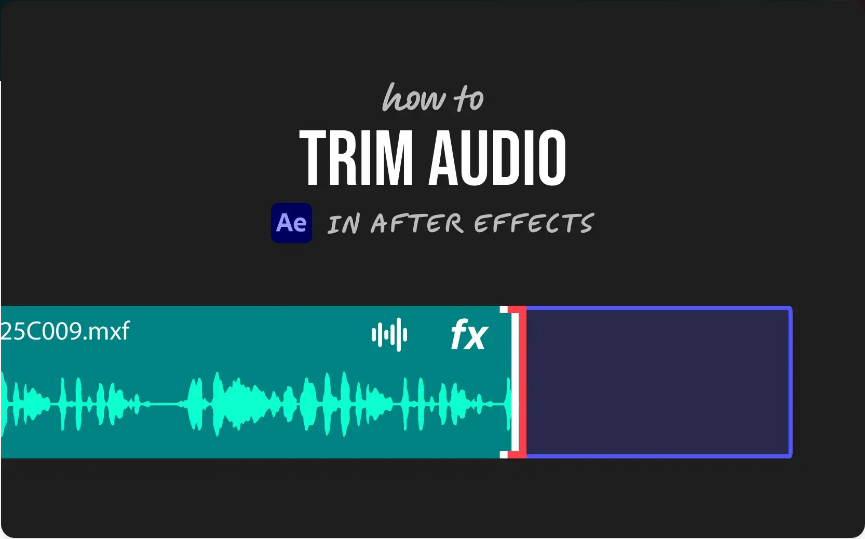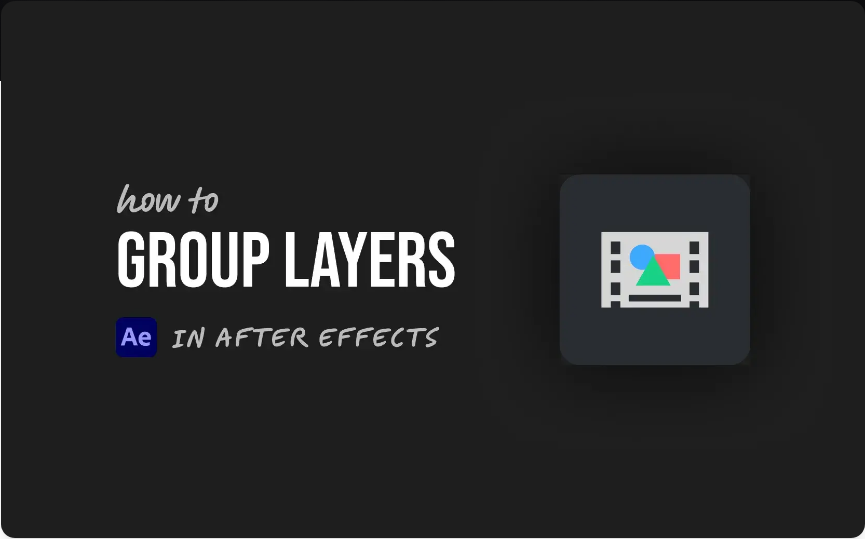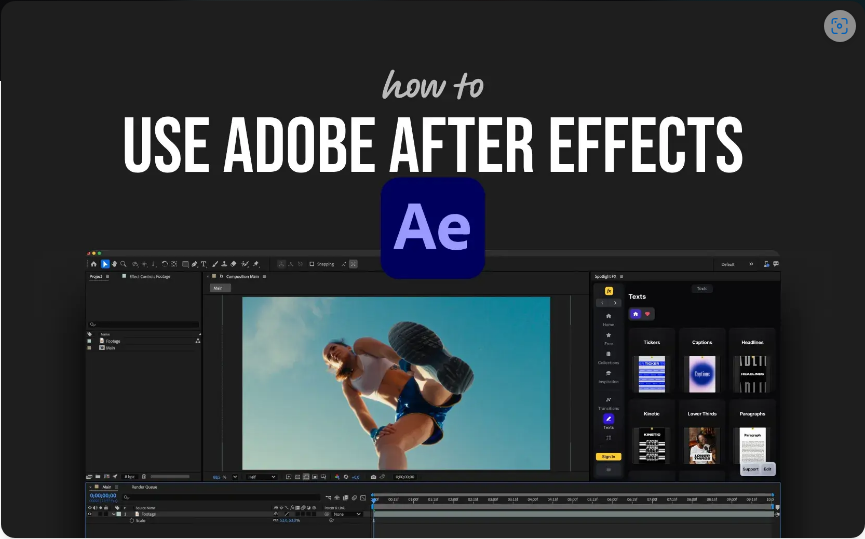An audio waveform represents the vibrations of sound—something invisible in the real world. But with animated visualizers, you can bring those vibrations to life in a stylish, eye-catching way. Whether you’re working on music videos, social media content, or lyric animations, audio waveforms add a dynamic touch. In this guide, we’ll walk you through the simple process of creating them in After Effects.
Part 1: Creating a Basic Audio Wave Visualizer
Audio waveform visualizers are a great way to enhance music-driven projects. Just remember: If you plan to publish your work, ensure you have the proper rights to the music. For royalty-free tracks, check out Motion Array’s music library or explore free music catalogs for your projects.
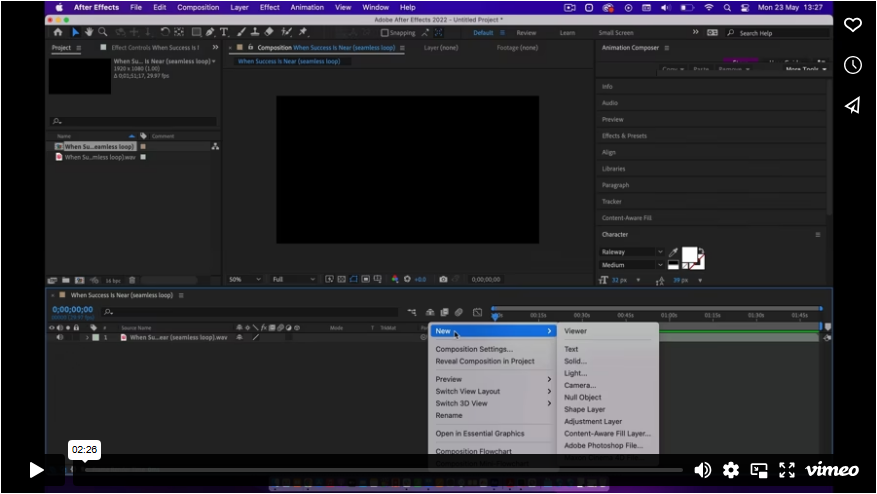
Creating waveforms in After Effects is surprisingly easy—just use the Audio Spectrum effect. Here’s how:
1. Import your audio track into the timeline.
2. Right-click the timeline and select New > Solid.
3. In the Effects panel, search for Audio Spectrum and apply it to the solid layer.
4. Open the Effect Controls panel to adjust the settings.
5. Check Composite on Original to remove the background.
6. Under Audio Layer Source, select your track.
7. Choose a waveform style (Analog Lines, Analog Dots, or Digital).
8. Select where the waves appear: Side A, Side B, or Both.
9. Customize the Height, Width, Thickness, and Color to fit your design.
10. Adjust the Start and End Points to control the waveform’s spread.
Pro Tip: Layer multiple audio spectrum effects for a more complex, music-synced animation.
Part 2: 3 Creative Audio Waveform Styles
Once you’ve mastered the basics, try these advanced designs:
1. Circular Waveform (Perfect for Logos & Lyric Videos)
● Apply the Polar Coordinates effect to your waveform layer.
● Change Type of Conversion from Rect to Polar.
● Set Interpolation to 100%.
● Switch to Side B and tweak the Start/End Points to close the loop seamlessly.
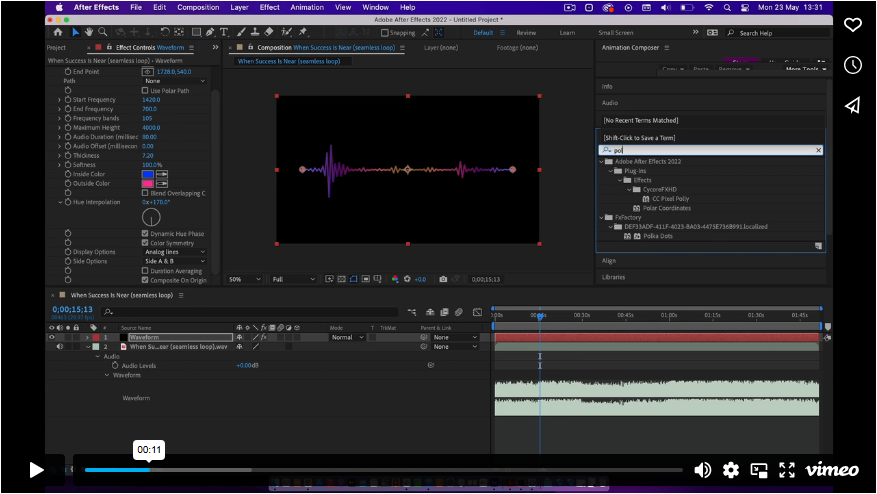
2. Block Waveform (Using Venetian Blinds)
● Add the Venetian Blinds effect to your waveform.
● Press U to reveal keyframes, then delete them.
● Set Transition Completion to 50% and adjust other settings for a blocky look.
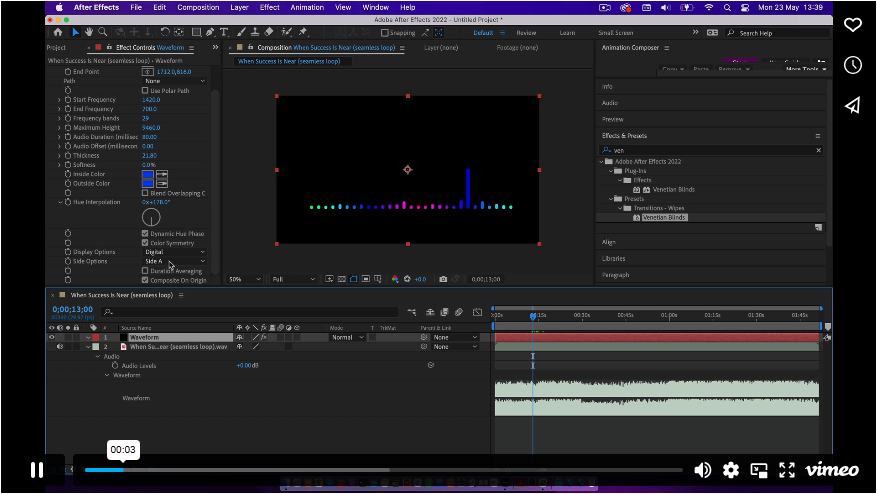
3. Custom-Shaped Waveforms (Using Paths)
● Use the Pen Tool to draw a shape in the Composition panel.
● In Audio Spectrum settings, select your mask under Path.
● The waveform will now follow your custom path—adjust as needed.
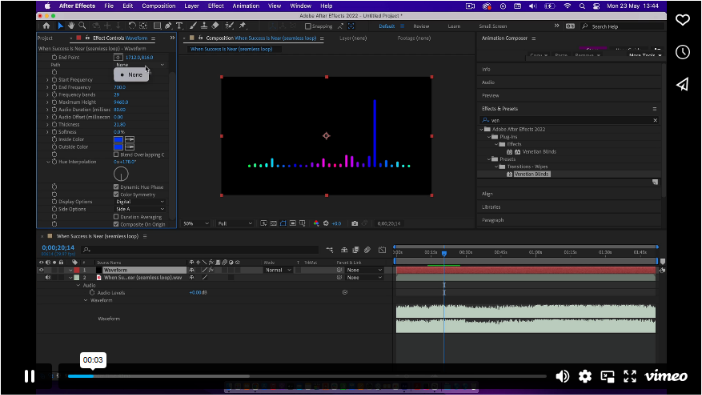
Part 3: 5 Ready-Made Audio Visualizer Templates
Short on time? These professional templates deliver stunning results instantly:
1. 3D Audio Waveform – Full-screen visualizer with horizontal, vertical, and square layouts.
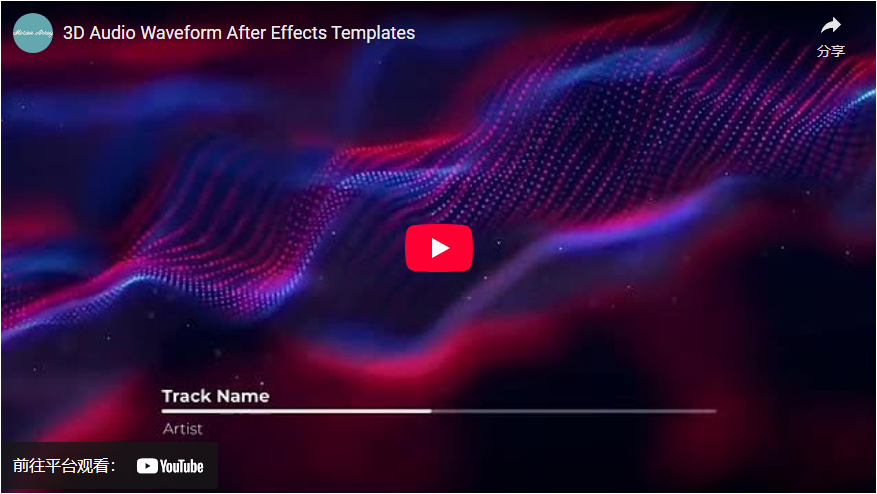
[Download Here]
2. Music Visualizer Kit – A versatile pack with waveform elements, titles, and light leaks.
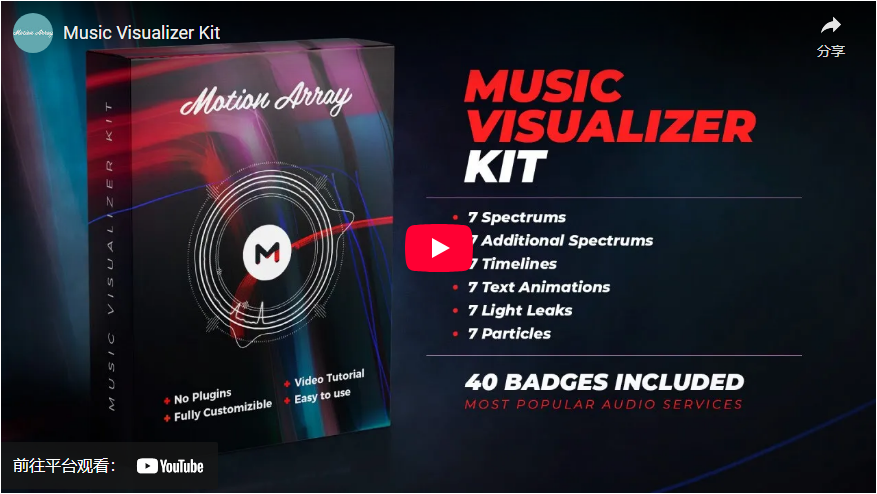
[Download Here]
3. Pulsating Music Sphere – A vibrant, animated orb perfect for social media.
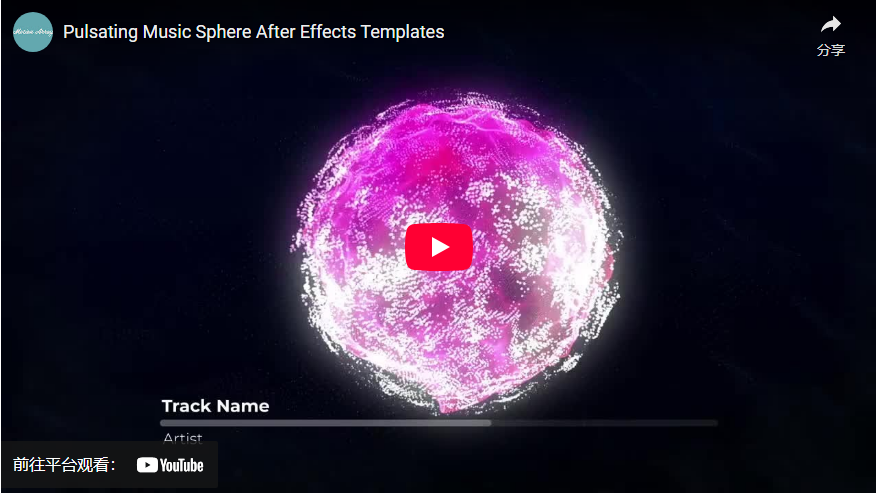
[Download Here]
4. 12 Style Music Visualizers – Modern, mix-and-match elements for any project.
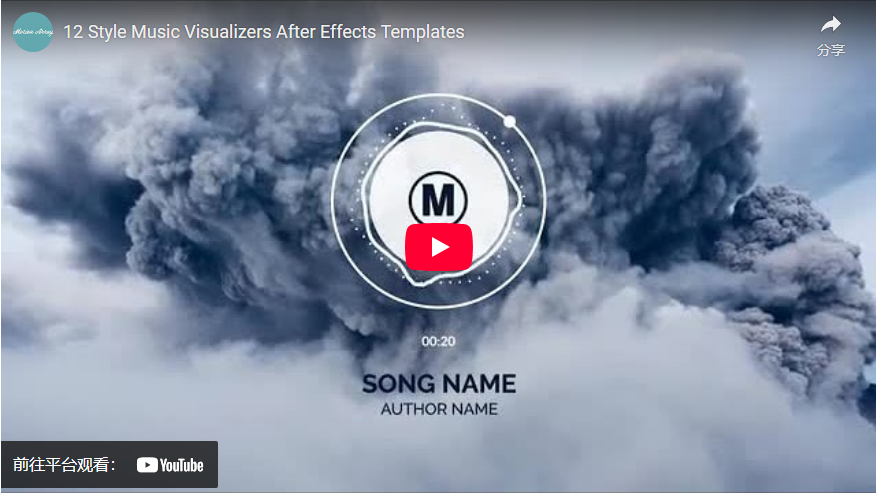
[Download Here]
5. Liquid Audio Spectrum – A hypnotic, lava lamp-style effect with smooth animations.
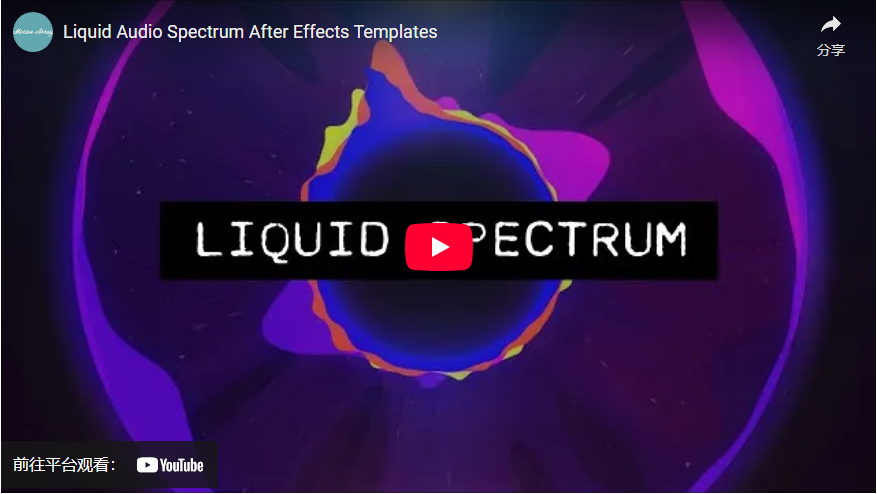
[Download Here]
Final Thoughts
Audio visualizers are simple to create but offer endless creative possibilities. Now that you know the basics, experiment with different styles to match your project’s vibe. For more After Effects audio tips, [check out this tutorial].


